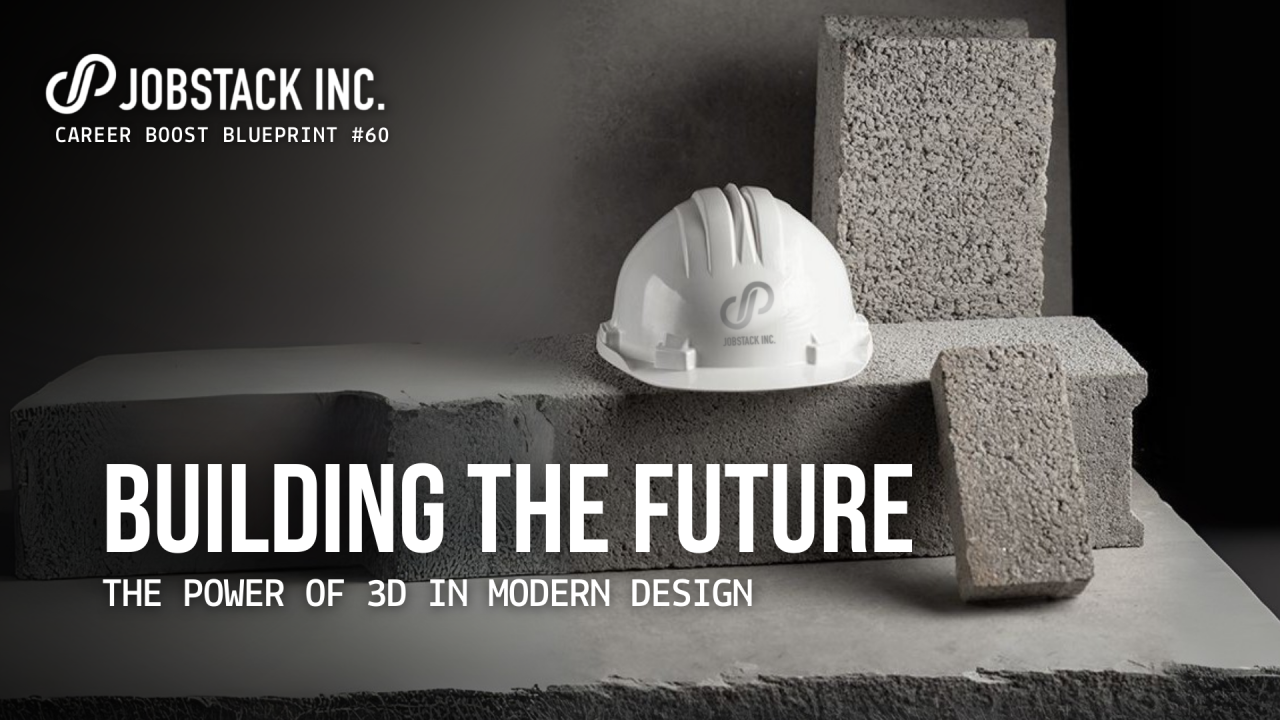Building the Future: The Power of 3D in Modern Design
Every modern building begins with a spark, an idea on paper, a concept for a space, a vision for how people will connect and work. But before the first wall is framed or the first cable is run, that idea has to be transformed into something everyone can see, understand, and trust. That’s where the power of 3D design comes in.
Using tools like AutoCAD, Revit, and BIM platforms, professionals can create detailed, lifelike models of conference rooms, data centers, and smart buildings long before they exist. Instead of relying on flat blueprints that only a few can interpret, 3D design allows everyone, from clients and architects to contractors and project teams, to experience the vision in advance.
The impact is enormous. With 3D modeling:
Clarity is universal. Clients can walk through a space digitally, seeing how it will look and function.
Problems are caught early. Design clashes and errors are identified before construction starts, saving valuable time and money.
Decisions are smarter. Teams can adjust layouts, technology placements, and design details in real time, ensuring the best results.
Presentations come to life. Renderings don’t just explain a concept, they sell it, helping teams win buy-in and build trust.
Behind every polished model is a professional who thrives on detail, creativity, and collaboration. This work sits at the intersection of engineering, design, and technology integration, bringing together security, audiovisual systems, structured cabling, and the smart building features that define how we live and work today.
For those passionate about problem-solving, visualization, and innovation, it’s a career path that combines creativity with technical expertise. It’s about shaping environments that are smarter, safer, and more connected, and having the opportunity to grow alongside the very technologies that are transforming the industry.
In this field, you bring visions to life, prevent obstacles before they exist, and set the stage for some of the most advanced spaces being built today.

